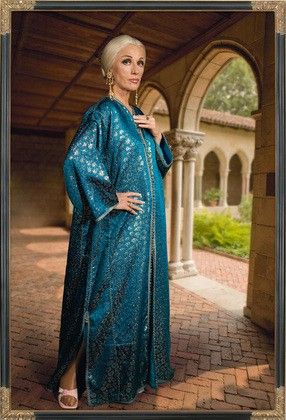Cindy Sherman's Retrospective at the Museum of Modern Art

An exclusive retrospective survey held at the Museum of Modern Art (MoMA) will display 170 iconic photographs from the career of contemporary American artist Cindy Sherman.
The exhibition running from 26 February to 11 June, 2012 has featured in-depth presentations of her key series, including the groundbreaking series Untitled Film Stills (1977-80) and the black-and-white pictures that feature the artist in stereotypical female roles inspired by 1950s and 1960s Hollywood, film noir, and European art-house films.
The exhibition will explore dominant themes throughout Sherman's career, including artifice and fiction; cinema and performance; horror and the grotesque; myth, carnival, and fairy tale; and gender and class identity.
Born in 1954, Cindy Sherman is a widely recognised name in the contemporary art world. The American photographer is perhaps best known for her conceptual portraits.
The MoMA official website mentions that to create her photographs, she assumes multiple roles of photographer, model, makeup artist, hairdresser, stylist, and wardrobe mistress. With an arsenal of wigs, costumes, makeup, prosthetics, and props, Sherman has deftly altered her physique and surroundings to create a myriad of intriguing tableaus and characters, from screen siren to clown to aging socialite.
Through a number of different series of works, Sherman has sought to raise challenging and important questions about the role and representation of women in society, the media and the nature of the creation of art. Her photographs include some of the most expensive photographs ever sold.
According to the New York Times, aided by ever-shifting arrays of costumes, wigs, makeup techniques, accessories, props and at times masks and prosthetic body parts, Sherman has aggressively role-played and stage-directed her way through, and in many ways laid waste to, a lexicon of mostly female stereotypes.
In conjunction with the exhibition, Sherman has selected films from MoMA's collection, which will be screened in MoMA's theatres during the course of the exhibition.
A major publication will also accompany the exclusive display at the museum.
© Copyright IBTimes 2025. All rights reserved.





















